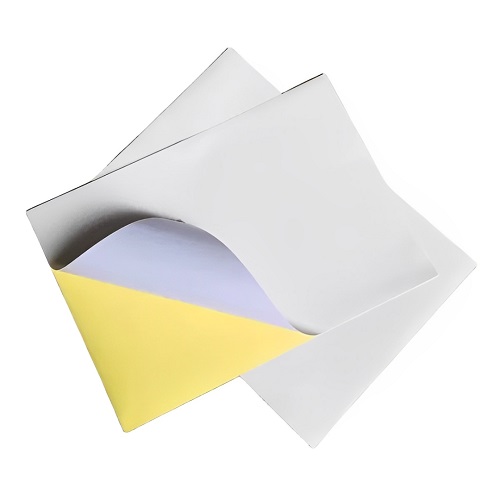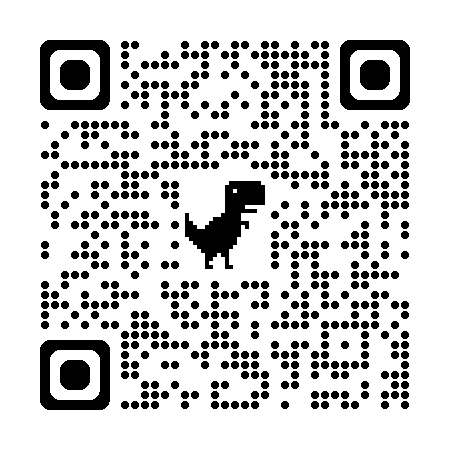A Complete Guide to Uses, Types, and Technical Considerations
Sticker paper has quietly become one of the most versatile and creative mediums in both personal projects and professional industries. From custom product labels to decorative planners, from educational aids to industrial tags, this material provides an adaptable solution that combines artistry with function. While sticker paper seems simple at first glance—a sheet of paper with adhesive on one side—the technical nuances of choosing, printing, and applying it can significantly affect the outcome.
What is Sticker Paper?
Sticker paper is a substrate (usually paper or film-based) coated on one side with adhesive and on the other side with a printable or writable surface. It typically comes with a release liner (backing sheet) that protects the adhesive until the sticker is peeled away.
Key components:
- Face Stock: The printable layer (paper, vinyl, polyester, or specialty material).
- Adhesive: The sticky layer that bonds to surfaces (permanent, removable, or repositionable).
- Release Liner: Usually silicone-coated paper that makes peeling possible.
Types of Sticker Paper
1. By Material
- Matte Paper Sticker Sheets: Ideal for writing or simple designs, budget-friendly but less durable.
- Glossy Paper Sticker Sheets: Provide vibrant colors and a professional look, suitable for decorative use.
- Vinyl Sticker Paper: Waterproof, tear-resistant, and long-lasting, commonly used for outdoor signage and decals.
- Specialty Sticker Paper: Includes holographic, transparent, metallic, and fabric-like finishes.
2. By Adhesive
- Permanent Adhesive: Bonds strongly, difficult to remove without damage. Common for labels and packaging.
- Removable Adhesive: Peels cleanly, useful for wall decals, planners, and temporary signage.
- Repositionable Adhesive: Allows multiple reapplications without losing tack.
3. By Printing Compatibility
- Inkjet-Compatible Sticker Paper: Designed to absorb water-based inks for vibrant, detailed prints.
- Laser-Compatible Sticker Paper: Heat-resistant, optimized for toner adhesion.
- Dual-Compatible Paper: Works with both inkjet and laser printers but may sacrifice print quality.
Common Uses of Sticker Paper
- Product Labeling: For small businesses, sticker paper offers affordable custom branding.
- Crafting and Scrapbooking: DIY enthusiasts use it for personalizing journals, planners, and photo albums.
- Education: Teachers create reward stickers, activity sheets, and interactive learning aids.
- Decor and Art: Wall decals, laptop skins, and car window stickers rely on durable, specialty papers.
- Organizing: Used for filing systems, storage containers, and household management.
Technical Considerations
1. Printer Type
- Inkjet Printers: Offer higher color depth and gradients but require compatible paper to prevent smudging. Waterproofing sprays or lamination may be necessary.
- Laser Printers: Provide sharp, durable prints but can cause warping if the sticker paper is not heat-resistant.
2. Ink Absorption and Drying Time
- Matte finishes absorb ink quickly.
- Glossy finishes may smudge unless using pigment-based ink or applying a protective spray.
3. Resolution and Settings
- High-resolution settings (at least 1200 dpi) are recommended for detailed stickers.
- Printer settings must be adjusted to match media type (e.g., “Label” or “Heavy Paper”).
4. Cutting Methods
- Hand Cutting: Scissors or craft knives for small batches.
- Die-Cutting Machines: Cricut, Silhouette, and similar machines allow precision cutting of custom shapes.
- Pre-Cut Sheets: Sticker paper that comes with pre-scored templates for ease of use.
Technical Issues and Troubleshooting
Even with the right materials, users often face challenges.
Here are the most common technical issues and their solutions:
1. Paper Jams
- Cause: Sticker sheets curling or adhesive bleeding at the edges.
- Solution: Store paper flat, fan sheets before use, and ensure adhesive doesn’t extend to the edge.
2. Ink Smudging
- Cause: Using dye-based ink on glossy paper.
- Solution: Use pigment-based ink, allow longer drying time, or apply a fixative spray.
3. Color Inaccuracy
- Cause: Printer settings not matched to the sticker paper type.
- Solution: Calibrate your printer and use ICC color profiles where available.
4. Peeling Issues
- Cause: Weak adhesive or incompatible surface.
- Solution: Select adhesive type based on surface (smooth vs. textured, indoor vs. outdoor).
5. Printer Heat Damage (Laser Printers)
- Cause: Using inkjet-only sticker paper in a laser printer.
- Solution: Always verify that the paper is heat-resistant before printing.
Storage and Maintenance
To maximize sticker paper lifespan:
- Store in a cool, dry place away from direct sunlight.
- Keep sheets in their original packaging to avoid dust and moisture.
- Use within 12 months of purchase for optimal adhesive performance.
Future of Sticker Paper
With the rise of small businesses, personalization, and sustainable packaging, sticker paper technology is evolving. Manufacturers are introducing eco-friendly, recyclable, and compostable sticker papers, as well as advanced adhesives designed to work on unconventional surfaces. The combination of affordability, versatility, and innovation ensures sticker paper will remain a staple in both creative and professional spaces.
Sticker paper is more than just craft material—it is a sophisticated product with diverse applications across industries. Choosing the right type requires understanding of material, adhesive, and printer compatibility. Addressing technical issues like smudging, peeling, or jamming can ensure professional results. Whether you are a hobbyist designing planner stickers or a business owner creating branded labels, sticker paper offers a reliable and creative solution that continues to evolve with modern needs.








































